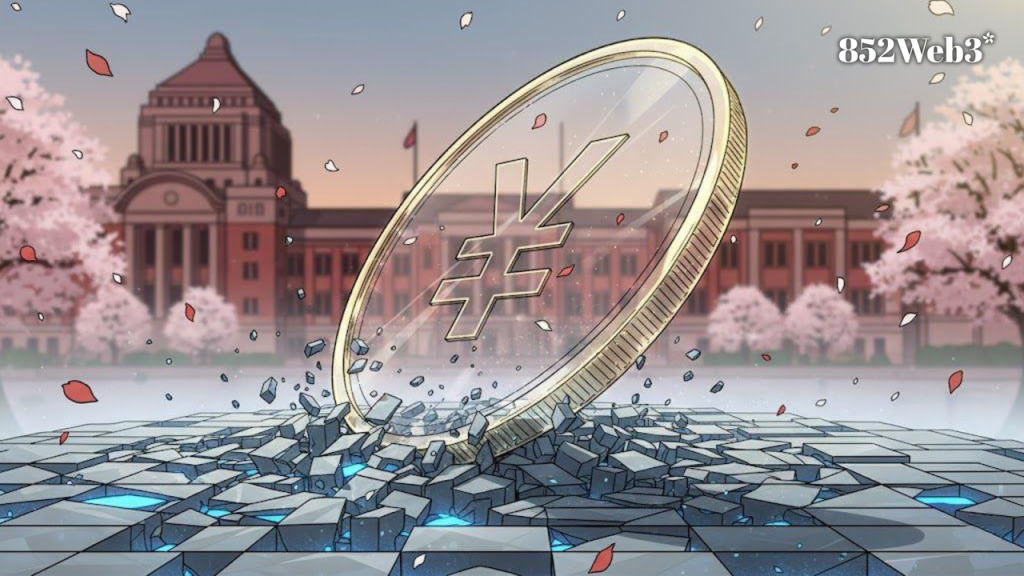Japan just put its currency on-chain — backed by government bonds, regulated by law, and built for real-world use.
A Regulated Launch That Redefines “Stable”
On October 27, JPYC officially went live in Japan — the first stablecoin fully backed by Japanese yen deposits and government bonds (JGBs). Issued under Japan’s Payment Services Act, JPYC is designed for 1:1 yen redemption and aims to reach a supply of 10 trillion JPY (~USD 66 billion) within three years.
To drive early adoption, JPYC Inc. is waiving transaction fees, generating revenue instead from JGB interest. The Bank of Japan’s Deputy Governor Ryozo Himino recently noted that regulated stablecoins could become “key participants in the global payment system,” partly substituting for traditional bank deposits — a sign Japan sees digital finance as part of its mainstream future.
Multi-Chain Rollout and Early Use Cases
Alongside its launch, JPYC introduced the JPYC EX issuance and redemption platform, live on Ethereum, Polygon, and Avalanche. The rollout leans heavily toward practical adoption — with early integrations already underway across retail, enterprise, and digital content platforms.
Payment processors like Densan System are piloting JPYC for e-commerce transactions; enterprise software provider Asteria is embedding JPYC into its no-code integration suite; blockchain infrastructure firm HashPort is adding wallet support; and even content platforms such as manga site Comilio plan to use JPYC for creator payouts and royalties.
Together, these examples show a shared intent: turning the yen into an auditable, programmable asset woven into Japan’s business infrastructure.
The Global Role of a “Yen on-Chain”
Unlike most Asian currencies, the yen is freely convertible — giving JPYC a potential international edge. Analysts see it as a future bridge asset in USD/JPY on-chain markets, and a symbol of Japan’s intent to position itself within the next wave of regulated digital finance.
Adoption Will Take Time
Japan remains a cash-heavy society, and broad retail use may still take 2–3 years. But the groundwork is laid: regulation is clear, infrastructure is ready, and enterprises are experimenting. What starts as a compliance-driven trial could quietly evolve into a regional payment standard.
💬 JPYC just made the yen programmable. Which space do you think will feel it first — merchants, creators, or cross-border trade?


